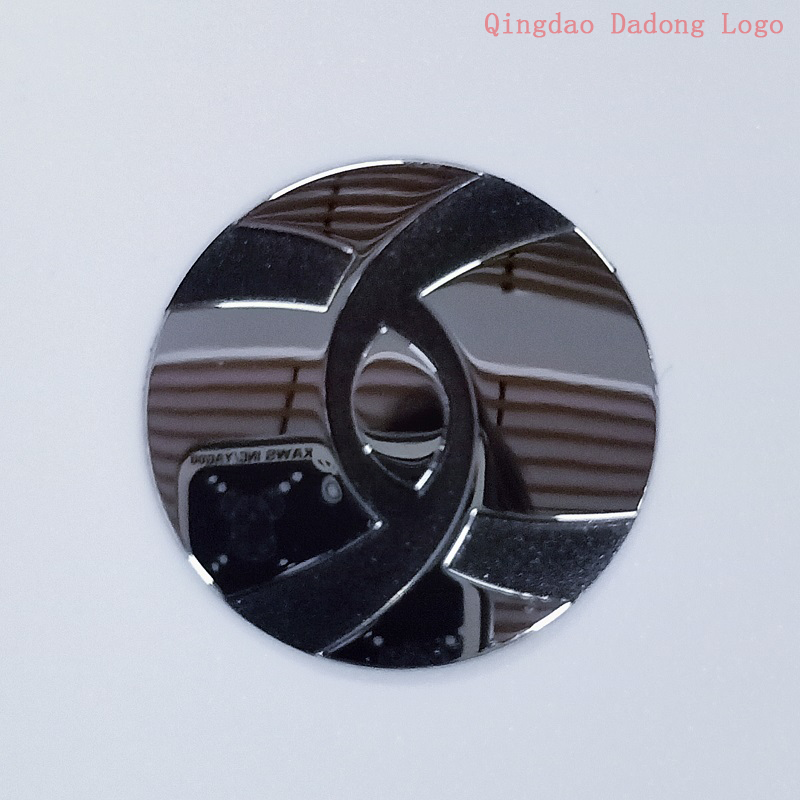NEWS
Key processes in the casting process of plastic signs
Writer:admin Time:2023-06-14 11:07 Browse:℃
Key casting process of plastic label → die-casting → in die-casting process, thermosetting Acrylonitrile butadiene styrene material is added → a separate cavity, often called a trough, is forced into one or more closed molds for polymerization (curing).
Material channel, also known as runner and runner, allows plastic to flow from the material groove to the mold cavity, passing through a flow limiter or gate before entering the mold cavity. Many mold cavities have single → material slots. The air in the material chamber is replaced by the incoming plastic and discharged through a specially placed exhaust port.
When the plastic is placed in the trough, the material is measured in a compact measuring device and then preheated to near the polymerization temperature. Only add enough injection molding quantity once at a time. The force of sending the preheated raw material out of the material groove then sends it to an injector, which is installed immediately on the material groove to prevent material leakage from the gap between the piston and the groove edge. Usually, the sealing sleeve is clamped into the feeder to further prevent leakage.

The surface of the material trough, injector, gate, runner, and mold cavity maintains a certain temperature that can quickly solidify the raw material. According to the material properties, mold design, and geometric shape of the workpiece, the temperature is between 280 and 380 ° F.
When the plastic label reaches the end of the curing period during die-casting, the complete die-casting plastic label is demolded, including the removal of the gate, runner, runner, and material groove to form a curing material pad (also known as residue). Preheating of plastic is important in label die-casting. The cold material flow is slow, and the material that enters the mold cavity first has not yet reached its endpoint, which may lead to polymerization. If the above situation occurs, the product quality is poor, not only reflected in its appearance, but also in its mechanical properties. There are some exceptions, such as low injection volume or some low viscosity materials. Heating can be done using a heating lamp or furnace, but an effective and commonly used method is to use a dielectric heater specifically designed for plastic molding. Nowadays, screw type plasticizing heating of thermosetting materials is also commonly used. This type of equipment can be combined with molding equipment or can be independent, with the advantages of reducing volume and accurately measuring feed volume. In other systems, it must be combined with preforming.
The term "integral groove die casting" was first used for the type of die casting mold because the groove and injection rod are made together as a whole of the mold. The most commonly used is a circular material groove, which may also be in other shapes to meet the requirements of special gates to reduce waste generation.
A simple compression molding press can be used together with a die-casting machine. The overall material groove mold frame is a three plate type with the material groove in the middle; The feeding and injection rod is installed at the top of the mold frame, and the mold cavity is at the bottom. The area occupied by the material groove should be at least 10% larger than the total mold area in the mold cavity section (the horizontal plane in contact with the plastic material). This can prevent excess clamping force from causing mold overflow. After the material solidifies, the plastic label part is demolded by moving the pressure of the demolding rod, but the waste and runner residues are still held at the bottom of the injection rod by one or more molded "dovetails". Use a wooden rod or soft hammer to remove waste and clean the mold.
CATEGORIES
LATEST NEWS
CONTACT US
WhatsApp: +8615806503075
Tel: +8615806503075
Email: percy@dadonglogo.com
Addr: 7 Tonghe Road, Pingdu, Qingdao
